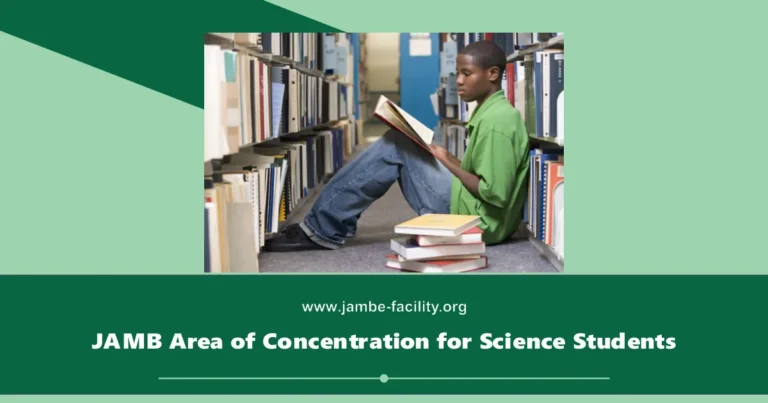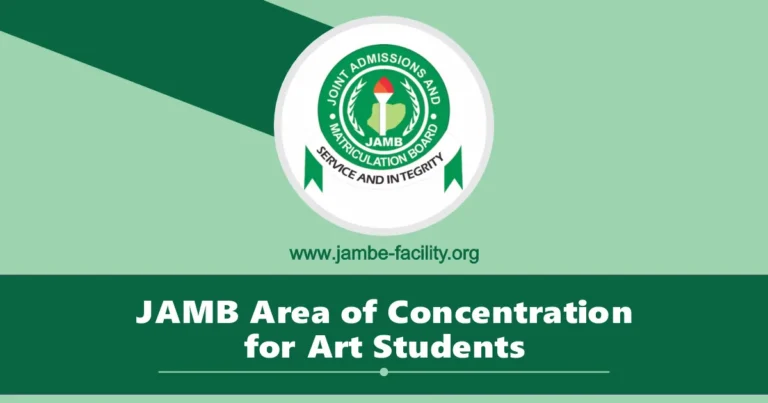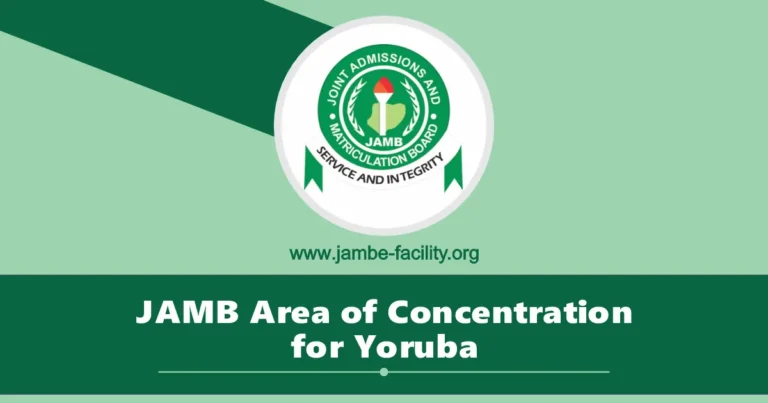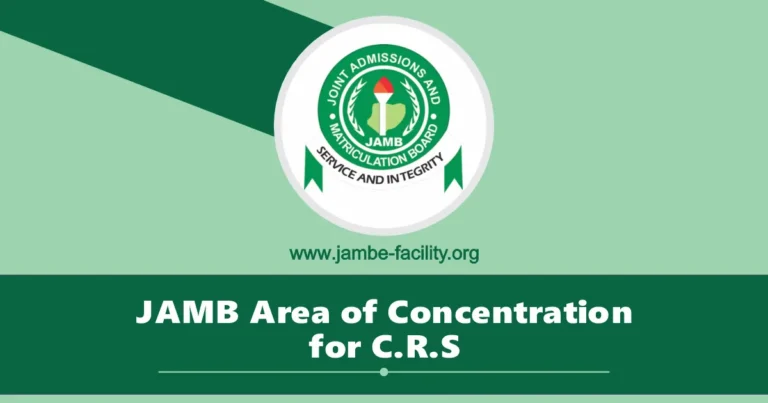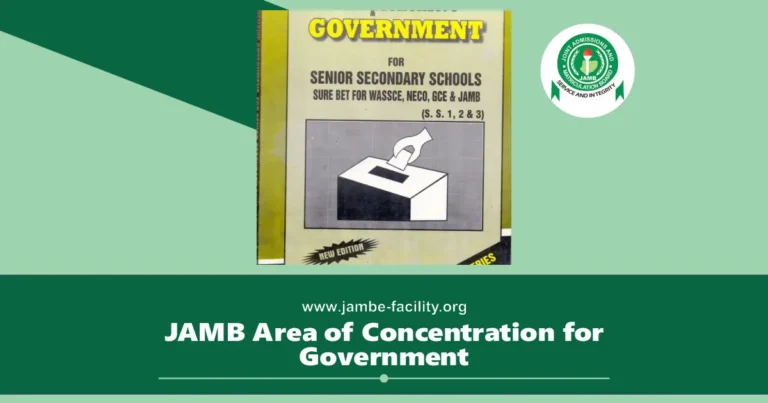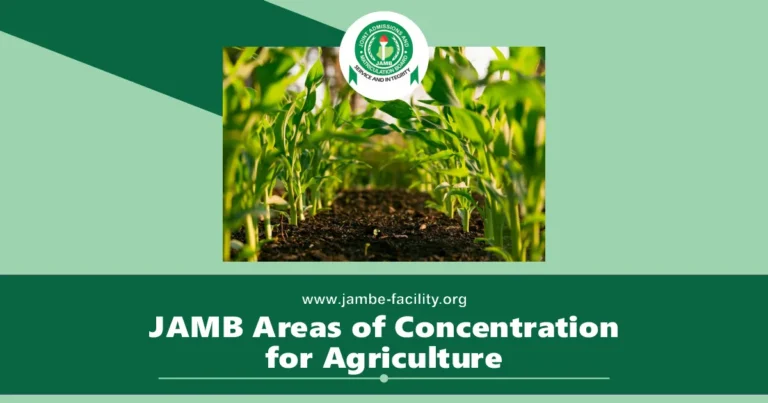JAMB Area of Concentration for Music 2025/2026
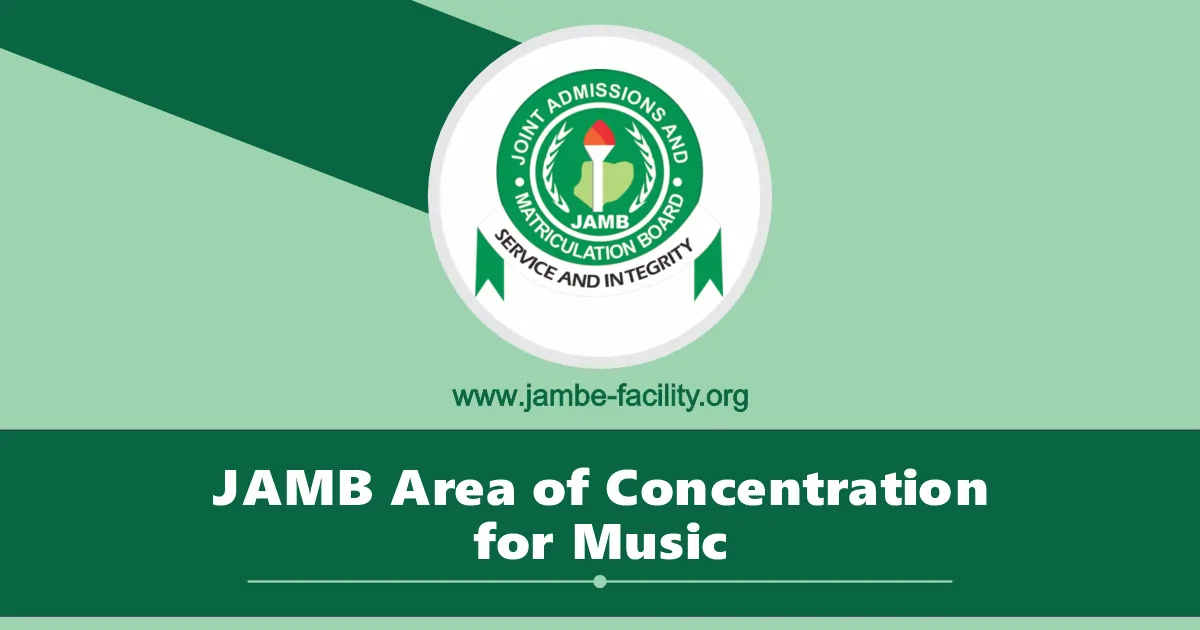
JAMB Area of Concentration for Music 2025/2026 is out, and we have highlighted the details in this article. Continue reading to find out.
As a student preparing to sit for the JAMB Music exam in 2025, you’re likely wondering how to organize your study time efficiently and focus on the key areas that will help you succeed.
That’s where the JAMB Area of Concentration (AOC) for Music comes in.
Designed to help candidates know what to expect, these guidelines highlight specific topics you’ll likely see in the exam.
Here, we’ll take a deep dive into whether the JAMB Area of Concentration for Music is mandatory, which areas are included in the 2025/2026 outline, and additional tips to guide you in making the most out of this essential resource.
Is JAMB Area of Concentration for Music Mandatory?
Simply put No, the area of concentration is not a rigid requirement but a valuable guideline.
JAMB’s area of concentration for each subject outlines key topics that candidates are expected to study, helping them understand where to focus in preparation for the examination.
For Music, following these guidelines will ensure you cover important areas that JAMB could test on and might even give you a competitive edge.
So we recommend you use the area of concentration as a primary study tool.
JAMB Area of Concentration for Music 2025/2026
The JAMB area of concentration for Music in 2025/2026 includes several core topics. Let’s break down each area you’ll need to focus on:
SECTION A: RUDIMENTS OF MUSIC
- The Staff
- Music Notes/Rests and Their Corresponding Values
- Time/Time Signature
- Key Signatures and Scales
A – Key signatures and scales
B – Determination of the key of a piece of music with or without key signature, not exceeding two sharps and two flats.
- (a) Keyboard setting and enharmonic equivalents
(b) Accidentals
- Intervals
- Definition of Simple Musical Terms, Signs, and Abbreviations
- (a) Transcription of music from staff into tonic solfa notation and vice-versa
(b) Transposition using the treble (G) and bass (F) staves, not exceeding two sharps and two flats.
SECTION B: ELEMENTARY HARMONY
- Triads and Their Inversions in Major/Minor Keys
- Basic Chord Progressions in Four Parts
- Kinds of Motion
- Cadences in Major Keys
- Non-Harmonic Tones/Non-Chord Tones
- Modulation
- Elementary Composition
SECTION C: HISTORY AND LITERATURE OF AFRICAN MUSIC
- Nigerian Folk Songs: Types, forms, and characteristics.
- General Knowledge of Nigerian Traditional Music: Features, forms, and connection with other arts, including festivals, dances, and other art forms.
- Nigerian Traditional Musical Instruments: Classifications and types.
- Lives and Music of African Traditional Musicians: Special focus on Nigerian musicians.
- Evolution and Development of African Popular Music
- Lives and Music of African Popular Musicians
- Lives and Music of African Art Musicians
SECTION D: HISTORY AND LITERATURE OF WESTERN MUSIC
- (A) Historical Development of Western Music Styles: Focusing on different periods.
(B) Composers,
- Music Forms, and Media
SECTION E: COMPARATIVE MUSIC STUDIES
- Overview of Black Musicians in the Diaspora**: Including Mighty Sparrow, James Brown, Bob Marley, Michael Jackson, Stevie Wonder, Lionel Richie, R. Kelly, Lauryn Hill, Kirk Franklin, Tupac Shakur, Shabba Ranks, Quincy Jones, Boyz II Men, Sean Paul, Janet Jackson, Whitney Houston, Beyonce, Brandy, Usher, Kevin Lyttle, Bobby Brown, M.C. Hammer, LL Cool J, Dr. Dre, Snoop Dogg, Mary J. Blige, Jay-Z, Chris Brown, Bruno Mars, Ne-Yo, Rihanna, and more.
- Forms to Examine: Spirituals, gospel music, jazz, rhythm and blues, soul, calypso, rock ‘n’ roll, reggae, afro-beat, tango, rap, cha-cha-cha, bolero, twist, hip-hop, etc.
- The Spirit of Nationalism in Nigerian Music.
2025 JAMB Area of Concentration for All Subjects
Important Information for JAMB Music Candidates
In preparing for the JAMB Music exam, here are a few key to always really :
- Use JAMB’s official concentration areas as your primary study source. While supplementary materials can be helpful, focusing on JAMB’s highlighted topics is the best approach.
- Regular practice is essential, especially for music theory, sight reading, and notation. Set aside time each day to work through music exercises related to the AOC topics.
- Don’t just rely on one book or source. Incorporate various resources, including online tutorials, sample music exams, and flashcards, to help reinforce the content.
- While studying music history or genres, listen to examples from each category. Active listening will give you a practical understanding of the different styles, forms, and instrumentation.
- The JAMB Music exam may include questions on traditional African and Nigerian instruments. If possible, try hands-on learning or demonstrations to see how these instruments are played.
- During your studies, practice answering questions in a timed format. This will help you manage your time effectively during the actual exam and ensure you have enough time to tackle each section.
- JAMB often revisits certain topics, so studying past papers will help you identify recurring themes and question styles. This will also build your confidence and exam technique
Conclusion
Incorporating the JAMB Area of Concentration for Music into your study plan for 2025/2026 is one of the best ways to maximize your potential score.
As you study, remember that understanding and appreciating music is more than memorizing facts, it’s about engaging with a form of expression that connects cultures and eras.
While it’s not mandatory to use the AOC, it’s a valuable tool that provides a clear path toward success.

